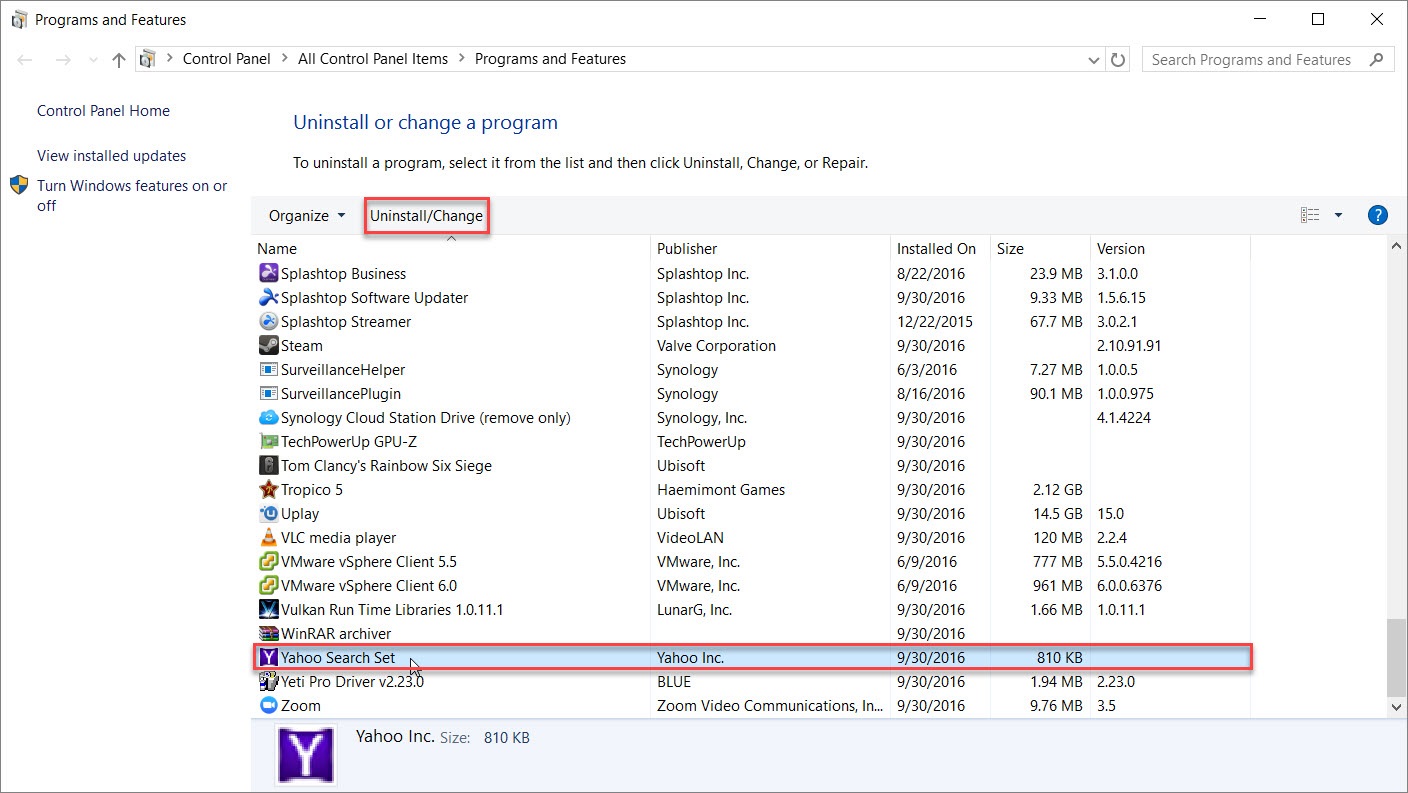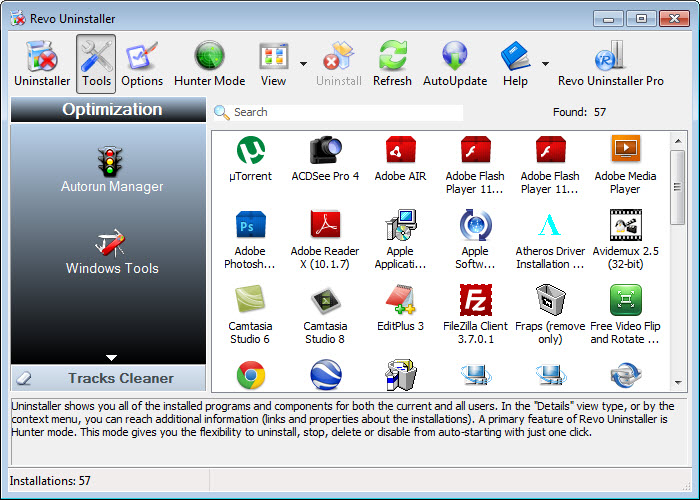
The team then gathered the results of the benchmark tests.

Which uninstaller software has the least amount of data left? After this, the system was again restarted and the jv16 PowerTools’s Finder feature was used to find any remaining left-over data. Each of the reviewed software uninstaller products was installed one by one and each of the common apps uninstalled with it. These apps were: Audacity, IrfanView, PowerISO, PhotoScape, Steam, and WinZip. Then a small selection of common Windows apps were installed.
:max_bytes(150000):strip_icc()/how-to-force-quit-a-program-in-windows-2625781v2-1c1f106729d3455eb30ac2db7967fc6a.png)

The Windows 10 test system was activated and fully updated with all updates from Windows Update at the time of the testing, that is, September 14, 2022. The team then installed a fresh copy of Windows 10 on a Virtual Machine with VirtualBox 6.1. ”Therefore, it would make sense to try to minimize the number of leftovers.” If that is true, one possible cause for that is leftovers from apps they installed and later uninstalled,” said Jouni Flemming, Macecraft Software’s founder and lead developer. “Many users have reported that Windows systems tend to get slower over time. They decided that the least amount of data left is an indicator of the best uninstaller since it’s an objective thing that can be measured, instead of other indicators like user interface, ease of use, or other features. The team conducted multiple benchmark tests to determine which uninstaller product performs the best uninstallation. The testing concluded that jv16 PowerTools overall performs the best. The team tested four popular uninstallers: Bulk Crap Uninstaller, IObit Uninstaller, jv16 PowerTools, and Revo Uninstaller Pro.

PORI, FINLAND, Septem/ / - In the quest of finding the best way to uninstall software from Windows, the Macecraft Software team performed benchmark tests of uninstaller products. In this benchmark test, the Macecraft Software team found that jv16 PowerTools performed the best uninstallation with the least data left.


 0 kommentar(er)
0 kommentar(er)
